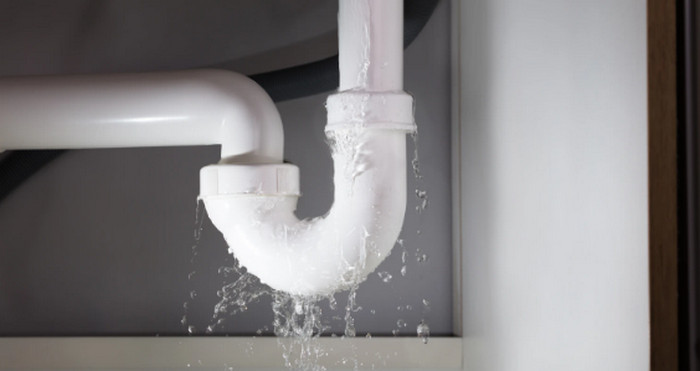Understanding when water damage and mold are covered by homeowners insurance can be complex, as it often depends on the specific circumstances and the terms of your policy. Here’s a detailed guide to help you navigate this topic:
Water Damage Coverage
Homeowners insurance typically covers water damage if it is sudden and accidental. Here are some common scenarios where water damage might be covered:
- Burst Pipes: If a pipe bursts unexpectedly and causes water damage, your insurance will likely cover the repairs and any resulting damage1.
- Appliance Malfunctions: If your washing machine or dishwasher malfunctions and causes water damage, this is usually covered1.
- Roof Leaks: If a storm damages your roof and water leaks into your home, the resulting damage is typically covered2.
- Firefighting Efforts: Water damage from efforts to extinguish a fire in your home is generally covered2.
However, there are situations where water damage is not covered:
- Flooding: Standard homeowners insurance does not cover flood damage. You need a separate flood insurance policy for this2.
- Gradual Leaks: Damage from slow leaks or poor maintenance is usually not covered1.
- Sewer Backups: Unless you have a specific endorsement, damage from sewer backups is typically excluded3.
Mold Coverage
Mold coverage in homeowners insurance is more restrictive. Generally, mold is covered if it results from a covered peril. Here are some examples:
- Sudden Water Damage: If mold develops as a result of sudden and accidental water damage, such as from a burst pipe or an appliance malfunction, it is usually covered1.
- Hidden Water Damage: Some policies offer coverage for mold resulting from hidden water damage, such as a leak behind a wall2.
However, mold is not covered in the following situations:
- Maintenance Issues: Mold resulting from long-term maintenance issues, like ongoing leaks or high humidity, is not covered4.
- Flooding: Mold caused by flooding is not covered under standard homeowners insurance1.
Policy Limits and Endorsements
Even when mold is covered, there are often limits to the coverage amount. Standard policies might cover mold remediation up to a certain dollar amount, typically ranging from $1,000 to $10,0002. You can often purchase additional coverage through endorsements:
- Mold Endorsement: This can increase the coverage limit for mold remediation and might cover more scenarios3.
- Water Backup Coverage: This endorsement covers damage from sewer backups and sump pump failures, which can include mold remediation2.
Filing a Claim
If you need to file a claim for water damage or mold, follow these steps:
- Document the Damage: Take photos and videos of the damage as soon as you notice it.
- Contact Your Insurer: Notify your insurance company immediately and provide them with the documentation.
- Mitigate Further Damage: Take steps to prevent further damage, such as stopping the leak or drying out the area.
- Get Professional Help: Hire professionals to assess and repair the damage. Keep all receipts and records of the work done.
Preventing Water Damage and Mold
Preventing water damage and mold can save you from the hassle of filing claims and dealing with repairs. Here are some tips:
- Regular Maintenance: Inspect your home regularly for leaks, especially in areas prone to water damage like the roof, basement, and around appliances4.
- Install Water Sensors: These can alert you to leaks before they cause significant damage.
- Control Humidity: Use dehumidifiers in damp areas and ensure proper ventilation in bathrooms and kitchens4.
- Clean Gutters: Keep gutters and downspouts clean to prevent water from pooling around your home’s foundation4.
Conclusion
Understanding your homeowners insurance policy and its coverage for water damage and mold is crucial. While sudden and accidental water damage is typically covered, mold coverage is more limited and often requires additional endorsements. Regular maintenance and preventive measures can help you avoid these issues altogether. If you do experience water damage or mold, act quickly to document the damage, contact your insurer, and mitigate further damage.

